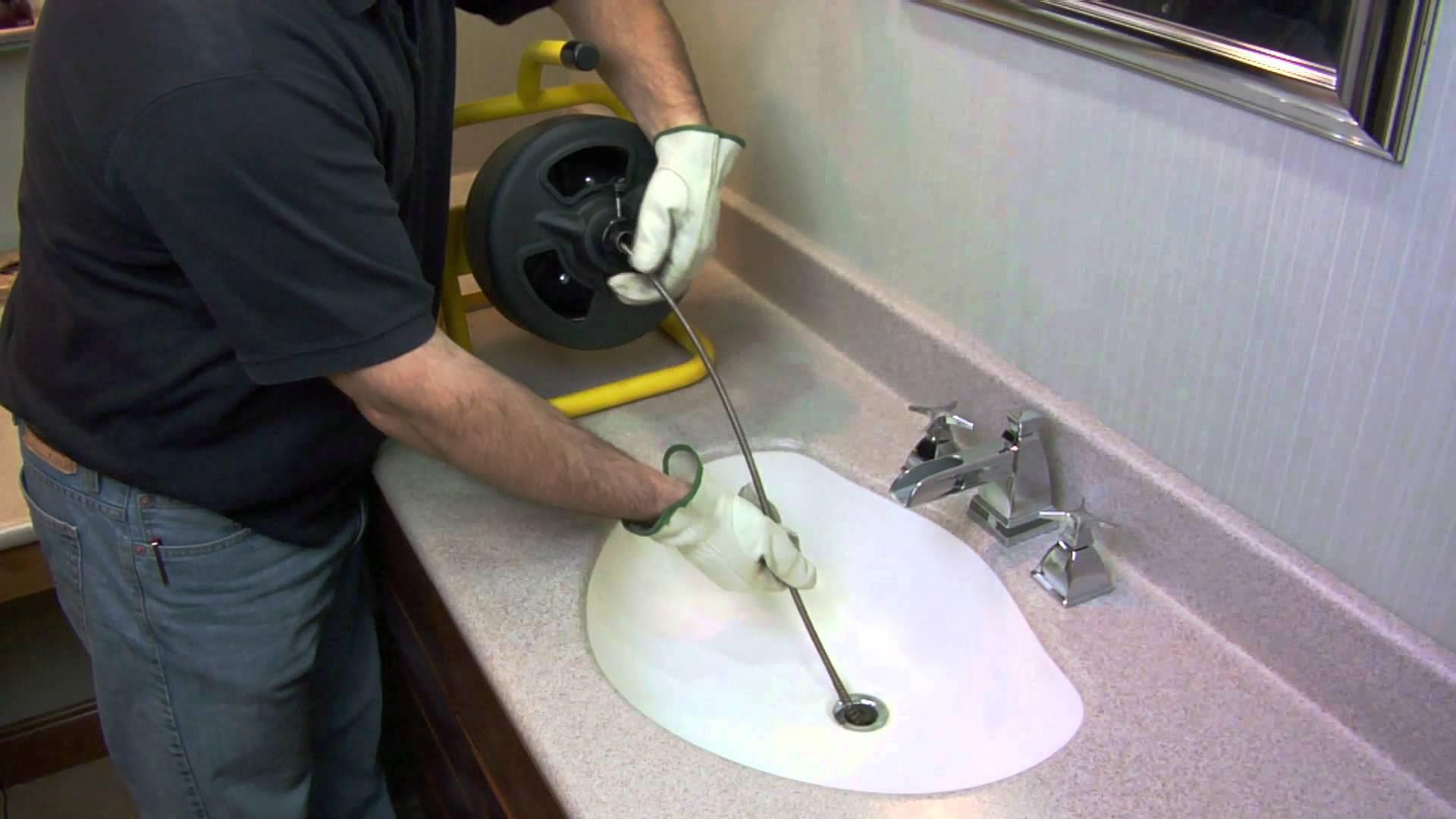Stopper Mechanism Identification

Identifying the type of stopper mechanism in your bathroom sink is crucial for effective repair. There are three common types of stoppers:
– Lift-and-Turn Stopper: This stopper has a metal rod attached to a rubber or plastic stopper. When you lift the rod, the stopper pops up; when you turn it, it opens or closes the drain.
– Push-and-Pull Stopper: This stopper is typically made of rubber or plastic and fits snugly into the drain. To open or close the drain, you simply push or pull on the stopper.
– Pop-Up Stopper: This stopper is usually made of metal or plastic and has a spring-loaded mechanism. When you press on the stopper, it pops up; when you release it, it closes the drain.
To remove and inspect the stopper, follow these steps:
– Lift-and-Turn Stopper: Use a pair of pliers to gently pull the metal rod straight up. Once the rod is removed, the stopper will come out easily.
– Push-and-Pull Stopper: Simply pull the stopper straight up to remove it.
– Pop-Up Stopper: Locate the small screw on the top of the stopper and remove it. Once the screw is removed, the stopper will come out easily.
Once you have removed the stopper, inspect it for any damage or wear. If the stopper is cracked, torn, or has lost its springiness, it will need to be replaced.
Repair Techniques: How To Repair Bathroom Sink Stopper

How to repair bathroom sink stopper – The best repair technique for a bathroom sink stopper depends on the type of stopper and the nature of the problem. Common repair methods include:
- Replacing the washer or O-ring: This is a common fix for leaky stoppers. The washer or O-ring creates a seal between the stopper and the drain, and replacing it can stop leaks.
- Tightening the stopper screw: If the stopper is loose, it may not be able to create a proper seal. Tightening the stopper screw can fix this problem.
- Replacing the stopper assembly: If the stopper is damaged or worn out, it may need to be replaced. This is a more involved repair, but it is necessary if the other methods do not work.
Step-by-Step Instructions for Fixing a Leaky or Stuck Stopper
The following step-by-step instructions can help you fix a leaky or stuck bathroom sink stopper:
- Remove the stopper from the drain.
- Inspect the washer or O-ring for damage or wear. If it is damaged or worn, replace it.
- Tighten the stopper screw.
- Reinstall the stopper in the drain.
Comparison of Repair Techniques
The following table compares the pros and cons of various repair techniques for bathroom sink stoppers:
| Repair Technique | Pros | Cons |
|---|---|---|
| Replacing the washer or O-ring | Easy to do, inexpensive | May not be a permanent fix |
| Tightening the stopper screw | Easy to do, inexpensive | May not be a permanent fix |
| Replacing the stopper assembly | Permanent fix | More involved repair, more expensive |
Preventative Maintenance

Regular maintenance is crucial to ensure the longevity and functionality of your bathroom sink stopper. By following simple practices, you can prevent common issues and extend the life of your stopper mechanism.
Cleaning, How to repair bathroom sink stopper
Cleaning the stopper mechanism regularly removes dirt, debris, and soap scum that can hinder its smooth operation. Use a soft cloth or brush and a mild cleaning solution to gently wipe down the stopper and its components. Avoid using abrasive cleaners or harsh chemicals, as these can damage the finish or the mechanism itself.
Lubrication
Lubricating the stopper mechanism reduces friction and ensures smooth movement. Apply a small amount of petroleum jelly or plumber’s grease to the moving parts of the stopper, such as the O-rings and seals. This will help prevent sticking, corrosion, and premature wear.
Proper Use
Using the stopper correctly is essential to avoid damage. When closing the stopper, gently press it into place. Avoid slamming or forcing it, as this can put excessive strain on the mechanism and cause it to break. Additionally, do not leave the stopper in the closed position for extended periods, as this can cause the stopper to stick or become difficult to open.
To repair a bathroom sink stopper, you’ll need to remove the old stopper and install a new one. You can find replacement stoppers at most hardware stores. If you’re looking for a new bathroom sink, consider glacier bay bathroom sinks.
They’re made of high-quality materials and come in a variety of styles to match your bathroom décor. Once you have your new stopper, follow the instructions on the package to install it.
To repair a bathroom sink stopper, you’ll need to remove the stopper and inspect it for any damage. If the stopper is damaged, you may need to replace it. If the stopper is not damaged, you can try to clean it with a mild detergent and water.
If the stopper is still not working properly, you may need to install a new p-trap. Once you have installed a new p-trap, you should be able to repair the bathroom sink stopper.